"You are not truly working safely unless you are also working sustainably"
An interview with Sam Sluijs, Lab Manager and Safety Coordinator at the VIB-UAntwerp Center for Molecular Neurology
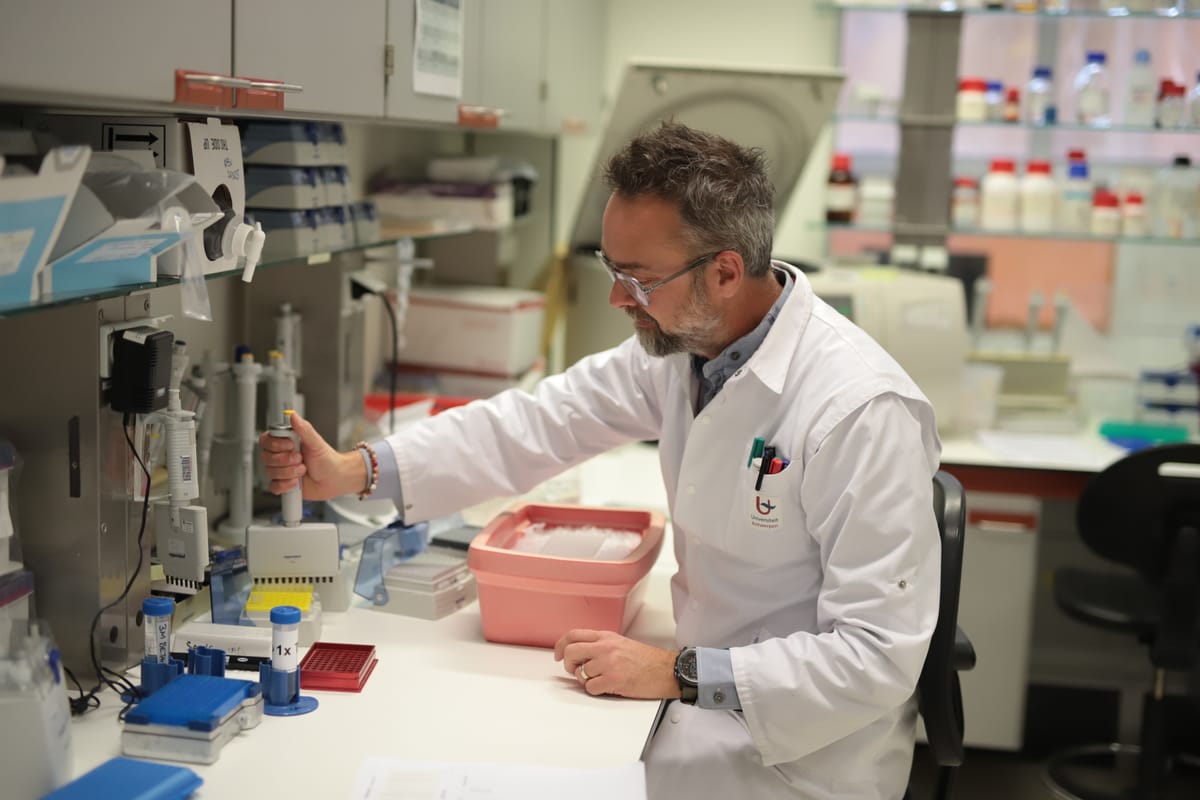
For Sam Sluijs, Lab Manager and Safety Coordinator at the VIB-UAntwerp Center for Molecular Neurology (CMN), a lab’s environmental footprint and its safety protocols are two sides of the same coin. This mentality has defined the center's recent push towards sustainability, transforming daily operations and cutting the amount of contaminated plastic waste in half.
A center in the midst of a transformation
Under the leadership of Rosa Rademakers, the VIB-UAntwerp Center for Molecular Neurology (CMN) has undergone a period of rapid expansion, growing to nearly 150 people in just a few years. This has brought an influx of new research groups, new projects, and talented scientists from all around the world. With new people came new ways of working, which meant new challenges, like how to build a unified, responsible lab culture.
To formalize this effort and provide a clear roadmap, the center adopted the Laboratory Efficiency Assessment Framework (LEAF). Developed at University College London, LEAF is an international certification program that gives labs concrete criteria to reduce waste, save energy, and operate more sustainably, with tiered awards of Bronze, Silver, and Gold. Through a concerted, center-wide effort, every lab at CMN has now achieved either Silver or Gold status. For Sam Sluijs, Safety Coordinator and Lab Manager of the center, the framework was a useful tool to get, as they say in Dutch, "every nose pointed in the same direction".
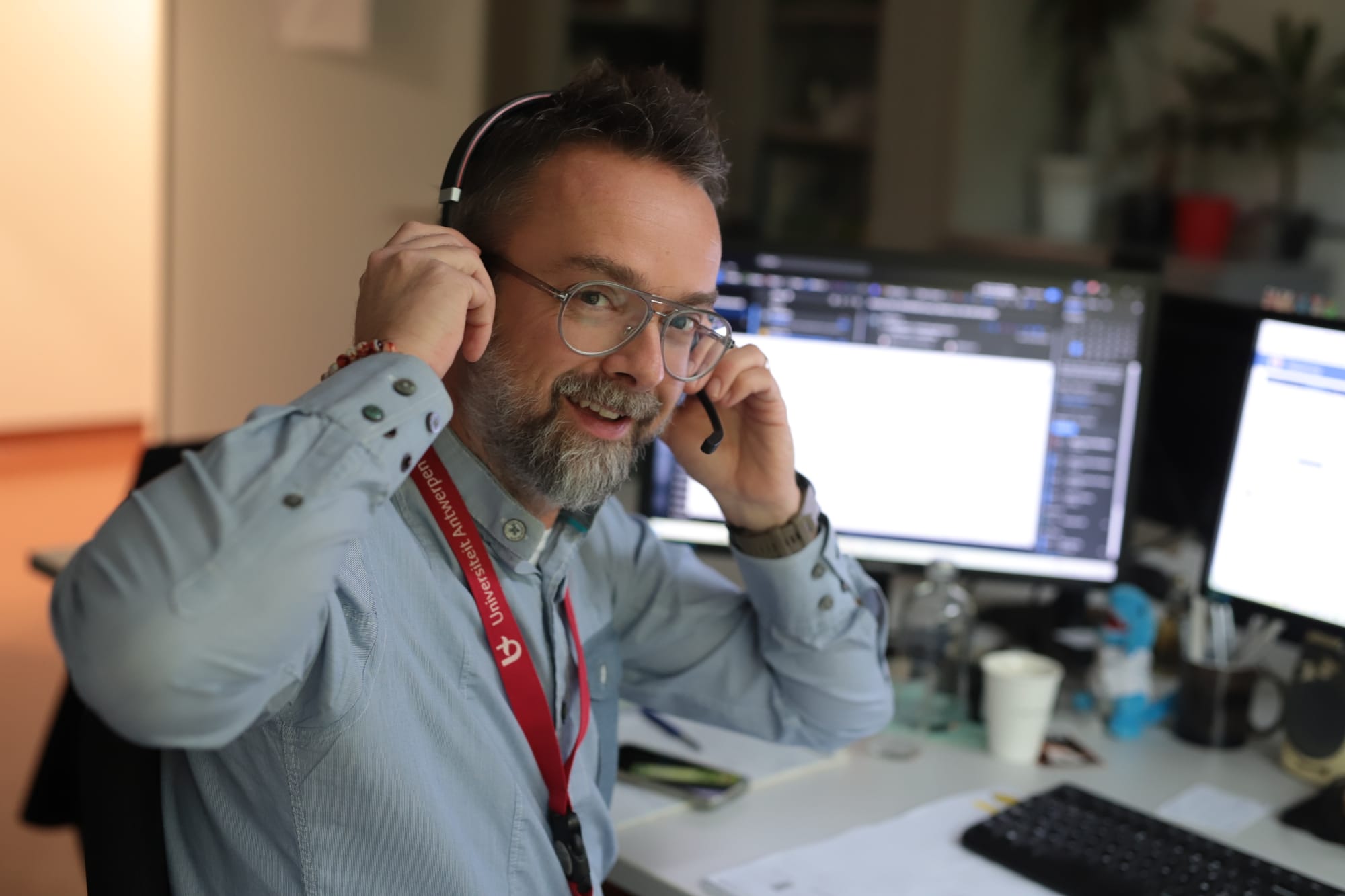
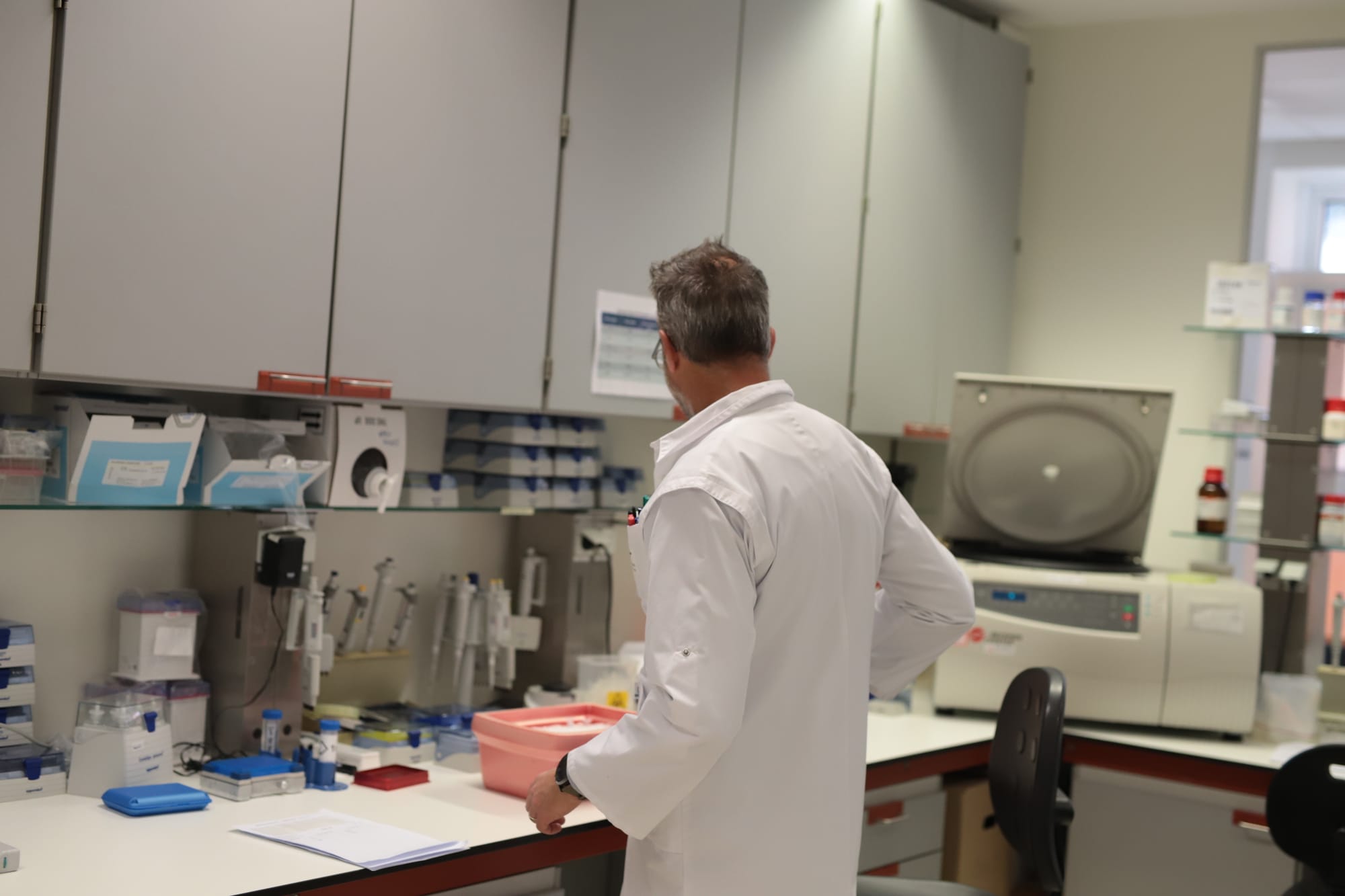
Sam Sluijs, Safety Coordinator and Lab Manager at the VIB-UAntwerp Center for Molecular Neurology (CMN) ©VIB - Elisabeth Verwaest
From philosophy to practice
But a framework like LEAF is only as good as its implementation. Very early on, Sam recognized he couldn't do it alone and established a network of sustainability 'representatives'—one for each research lab and core facility—to act as local champions. This group meets every three months to ensure everything is on track and that information flows efficiently throughout the center.
Making sure new members of the center are aware of their responsibilities before they get too deep in their lab work is also key. That is why, as part of the onboarding process, researchers receive a comprehensive presentation detailing everything from waste treatment to ergonomics. Sam follows up with a personal, guided tour of the facilities. He has found this hands-on approach to be far more effective than a manual alone. "People might read things," he says, "but really seeing it—seeing exactly where the specialized chemical waste goes, or how to properly use the equipment—means it stays longer in their memory".
How it works in practice
This hands-on approach has led to clever, high-impact changes that are now simply part of the daily routine at CMN. Sam explains the thinking behind two of the most successful initiatives in his own words:
"Often people will make a solution or buffer and will just write the name quickly with a tape and marker. For someone new entering the lab, that label doesn’t say anything. So we switched to using dedicated standardized labels for all commonly made solutions. The label doesn't just say 'blot buffer'; it lists the exact chemical concentrations and displays the correct GHS hazard symbols—the skull, the flame, whatever is needed. Immediately, everyone knows what’s inside and, just as importantly, how to dispose of it correctly, not just pour it down the sink."
"This one change reduced our contaminated waste by what I would estimate is 50%."
“Another big change was with our hard plastics. In the past, all plastic from the lab—even the outer packaging for pipette tips that was never contaminated—was thrown into the same expensive, contaminated waste stream. We realized this didn't make sense. Now, we have a separate fraction for non-contaminated plastics, which is essentially the same as the normal 'PMD' household recycling you have at home. This one change reduced our contaminated waste by what I would estimate is 50%."
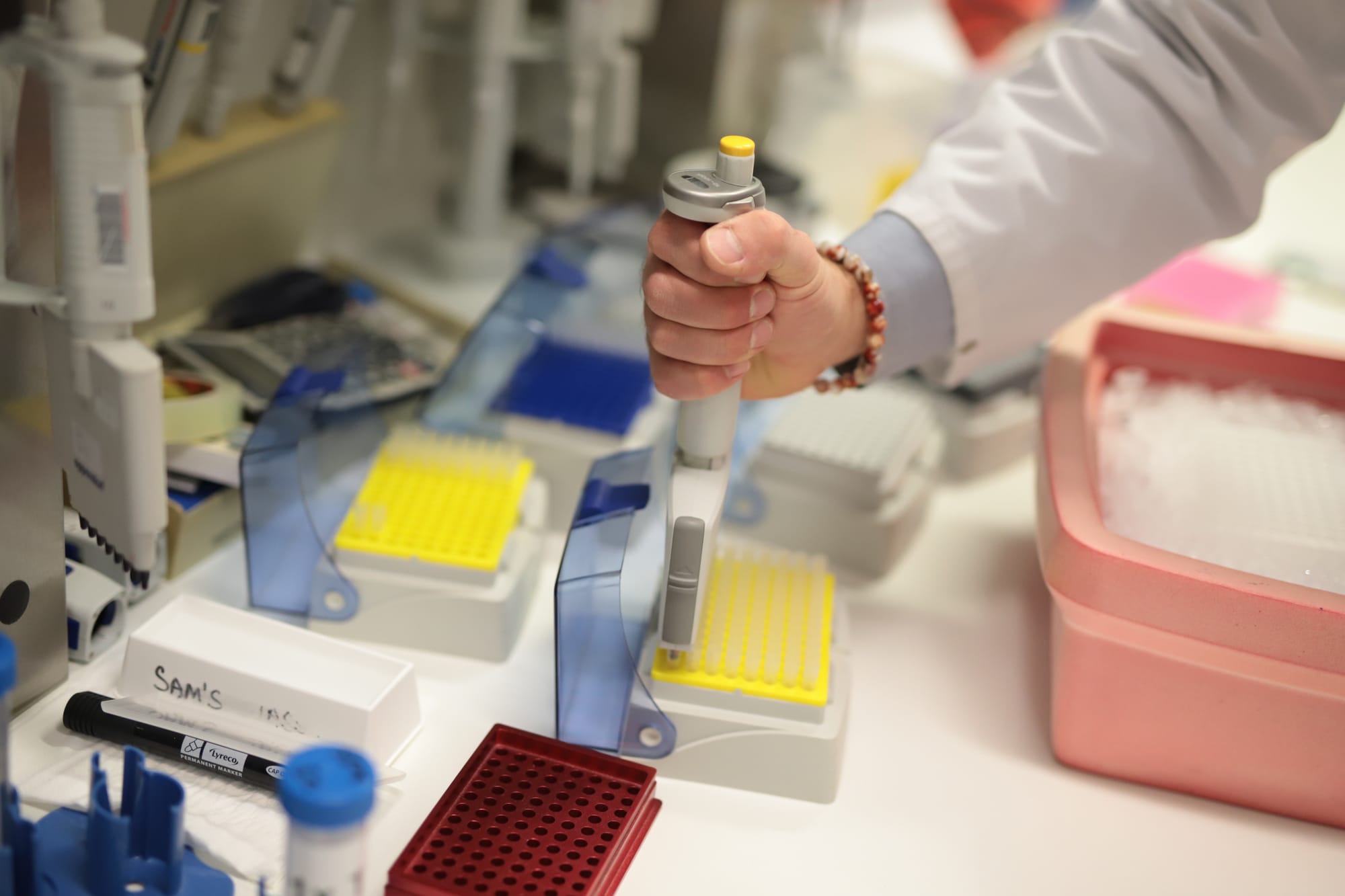
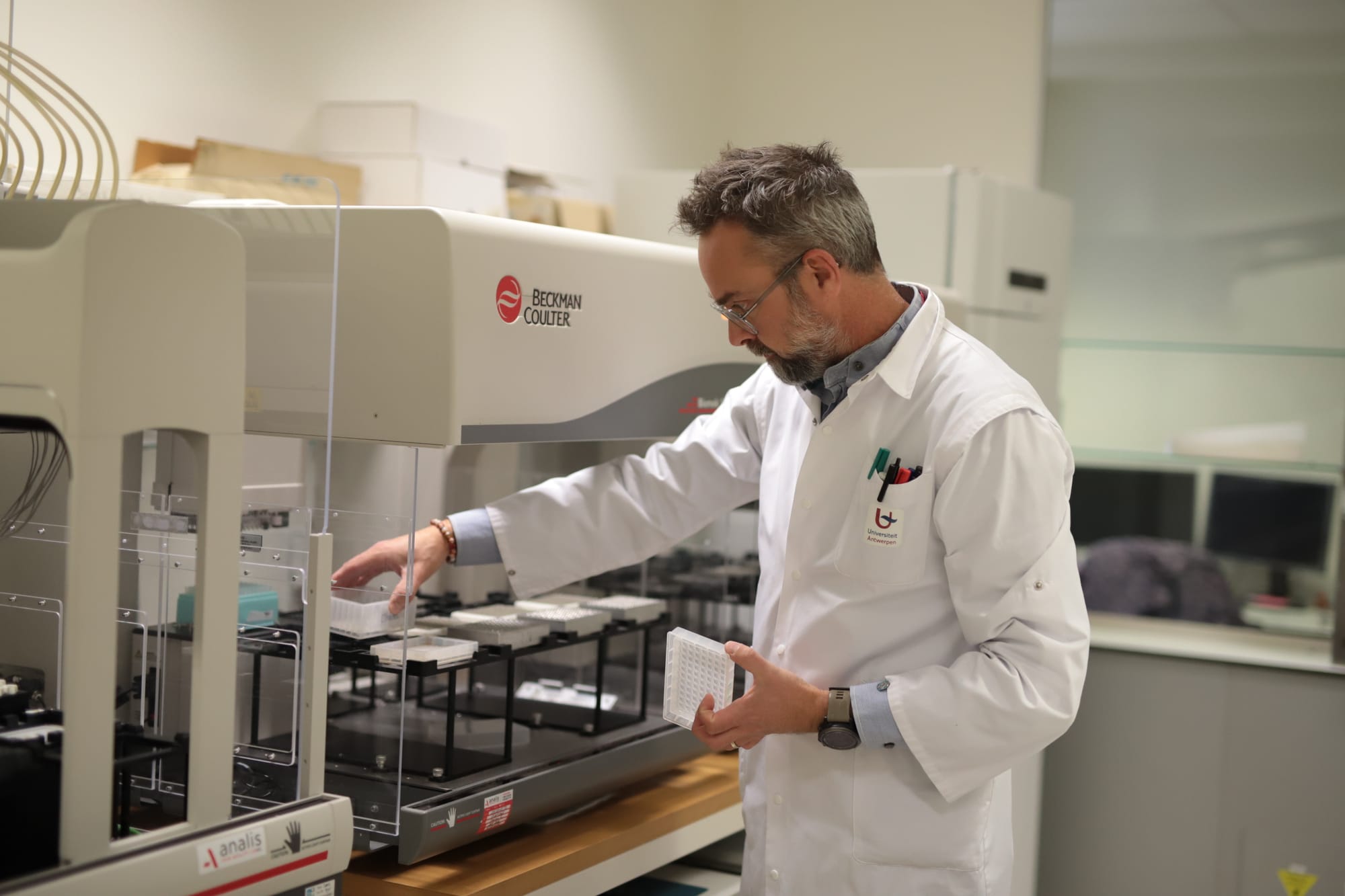
The ongoing challenge: making it stick
While these systems are now well-established, the work is never truly done. In the dynamic environment of a research institute, the constant turnover of PhD students and postdocs means that training and reinforcement are a continuous process. "After a few years, you have a whole new generation of researchers, so you have to go over all those aspects again and again," Sam explains.
More than a challenge though, this is also an opportunity to propagate good practices beyond the center's walls. “The ultimate success is when a young scientist leaves CMN and carries that sustainable and safe mindset with them into their future roles,” Sam says. "My hope is that they implement it in their new group for the next generation of researchers because they heard it over and over again."
“The ultimate success is when a young scientist leaves our center and carries that sustainable and safe mindset with them into their future roles.”
Stronger together
Crucially, the team at CMN is not working in a vacuum. Sam is an active participant in the VIB-wide eco-teams, groups of volunteers who dedicate time to planning and executing sustainability actions, spearheaded by VIB's sustainability coordinator, Wouter De Broeck. This platform allows for a vital exchange of ideas and best practices between all the VIB centers.
"There is a very nice system of information sharing," Sam confirms. "On a regular basis, we get to hear what centers in Leuven, Ghent, or Brussels are doing and share what has worked for us." For Sam and the team at CMN, this collaborative effort is key to building a scientific ecosystem that is not only in the forefront of research but also of sustainability.
"For me, safety and sustainability go hand in hand. You are not truly working safely unless you are also working sustainably."
In the end, the most impactful sustainability initiatives are the ones that feel invisible. Sam and his network of representatives are the architects of an environment where doing the right thing is also the easiest thing. "For me, safety and sustainability go hand in hand," Sam reiterates. "You are not truly working safely unless you are also working sustainably."
By removing obstacles and embedding best practices into the very workflow of the lab, they make it simple to do safe and responsible research. This is the crucial, behind-the-scenes work that enables VIB's scientists to innovate with confidence and a clear conscience.
